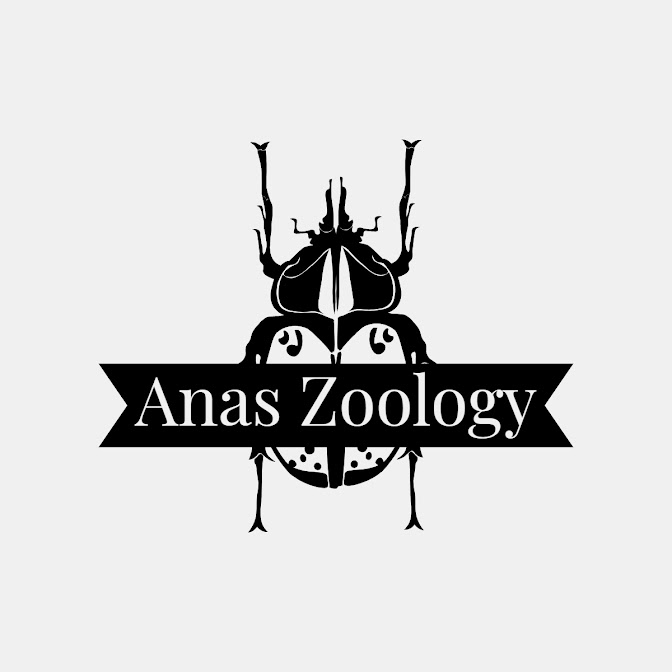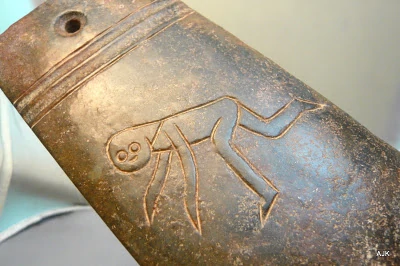Stratified Epithelium

The stratified epithelium tissue consist of two or more layers of cells. An epithelium tissue consist of cells that form membranes, which cover and line the body surfaces and glands. The stratified epithelium tissue can be further classified in 4 types: Stratified Squamous Epithelium Stratified Cuboidal Epithelium Stratified Columnar Epithelium Transitional Epithelium 1) Stratified Squamous Epithelium: Description: There are several layers of cells which are cuboidal to columnar in shape. The apical cells are squamous and basal cells are cuboidal or columnar. Location: Forms superficial layer of skin (Keratinized form), lining of mouth, oesophagus, part of epiglottis and also covers the tongue. Function: Protection (against microorganisms and water loss) 2) Stratified Cuboidal Epithelium: Description: Several layer of cells in which the cells are cube shaped in both the apical surface and basal surface. Location: Pancreatic duct, Sweat glands. Function: Protection, absorptio...






